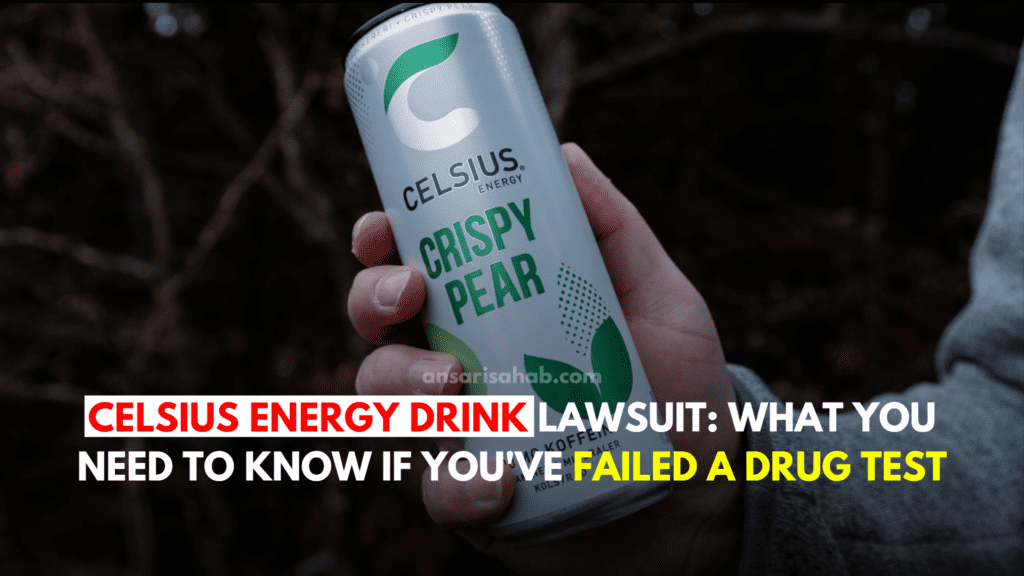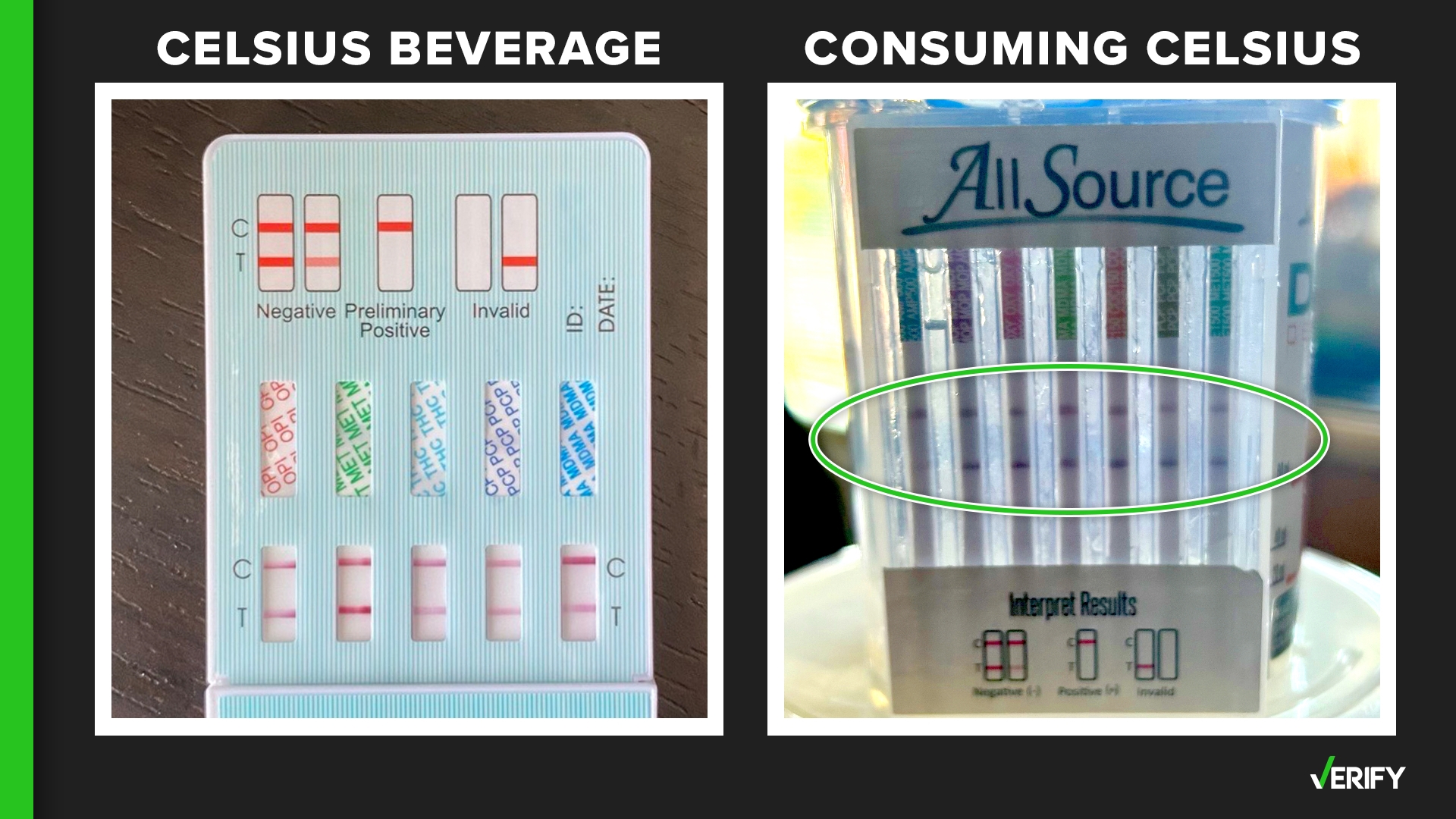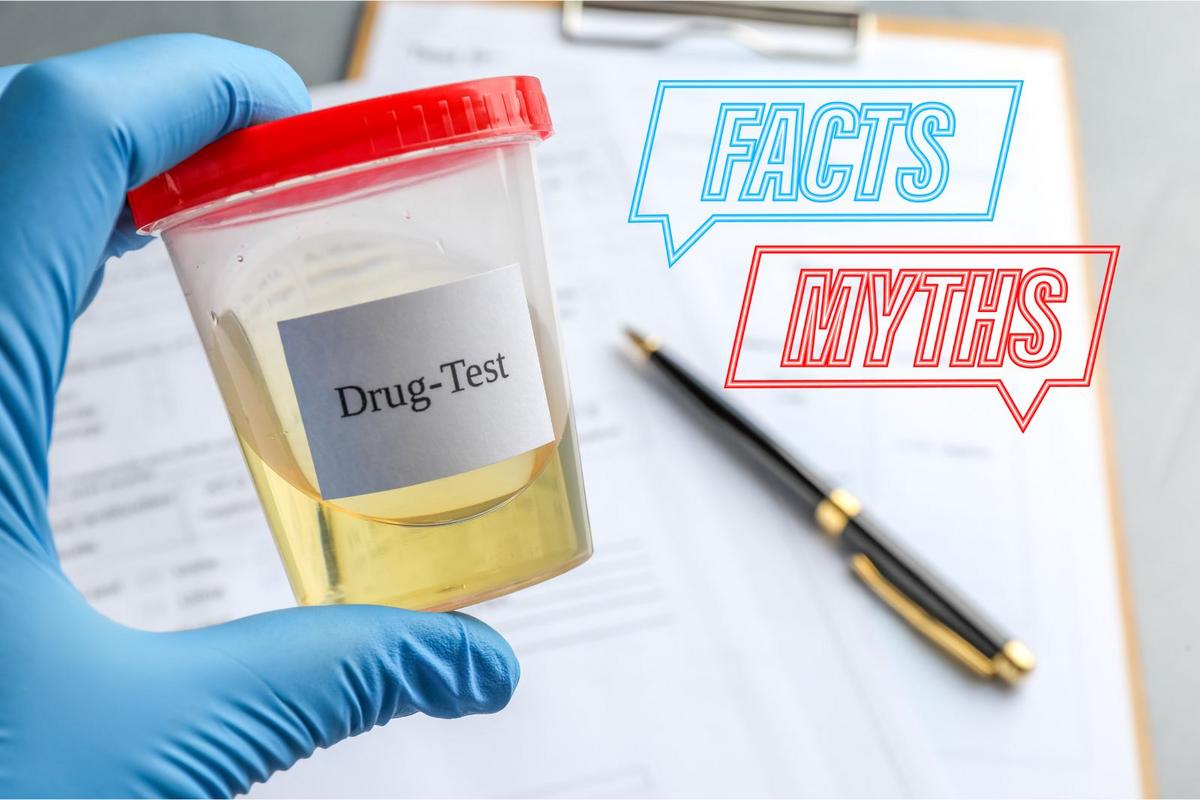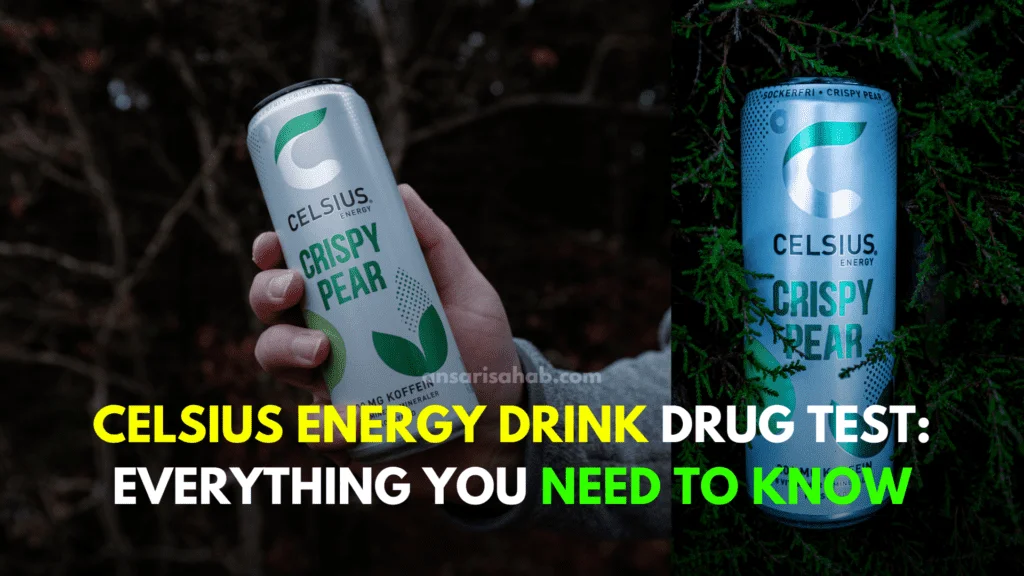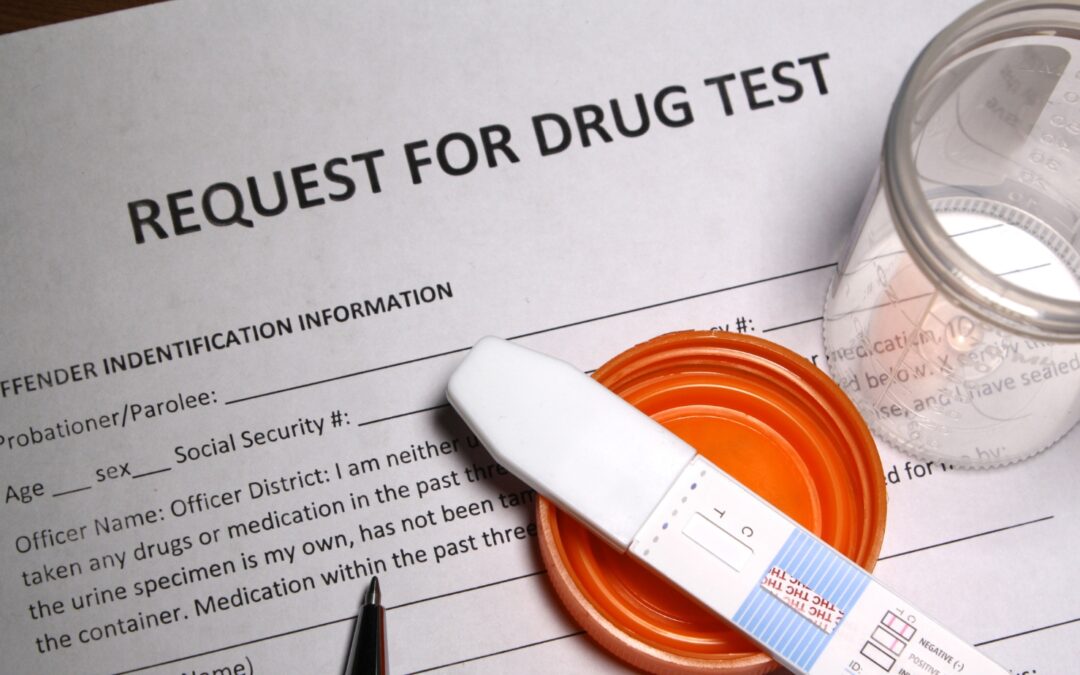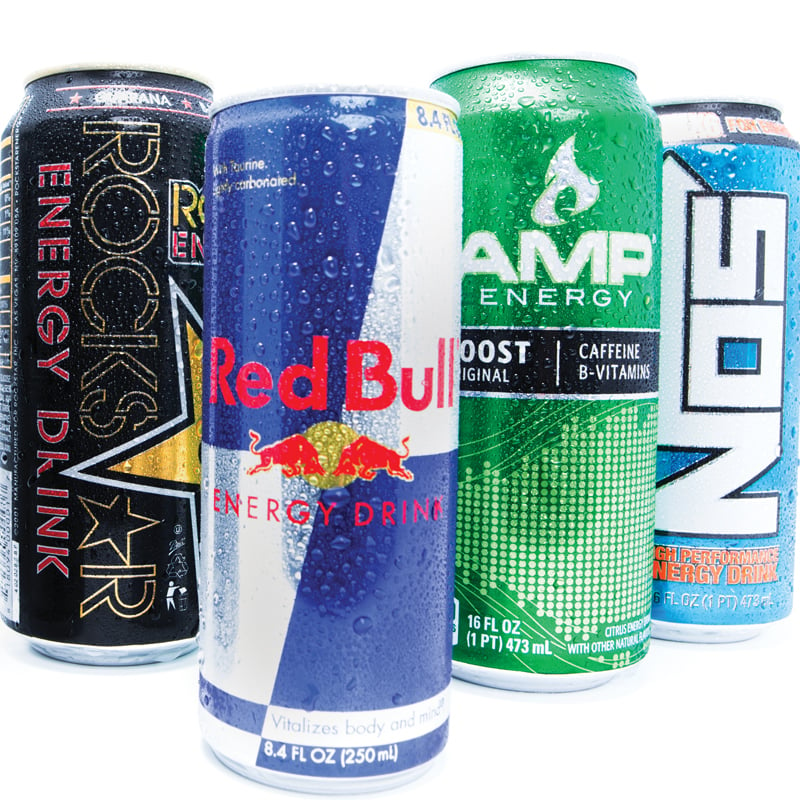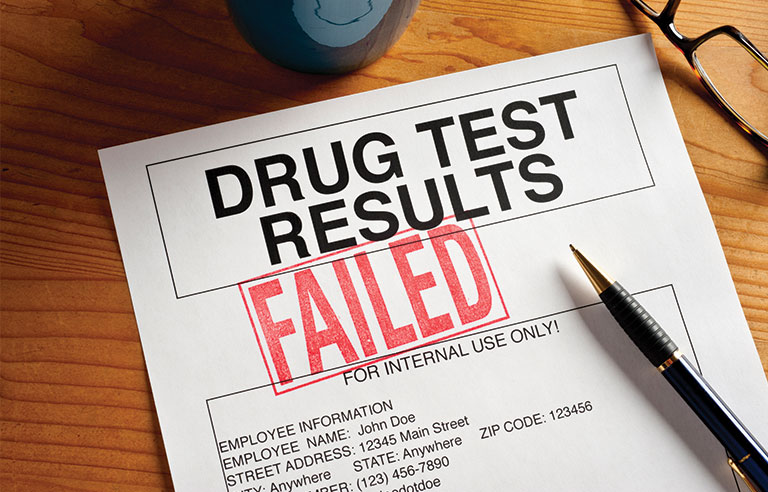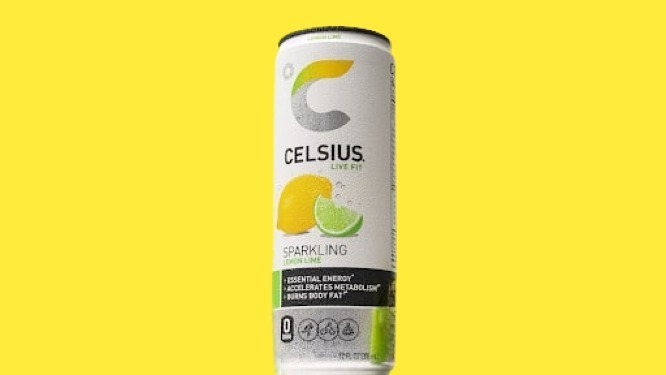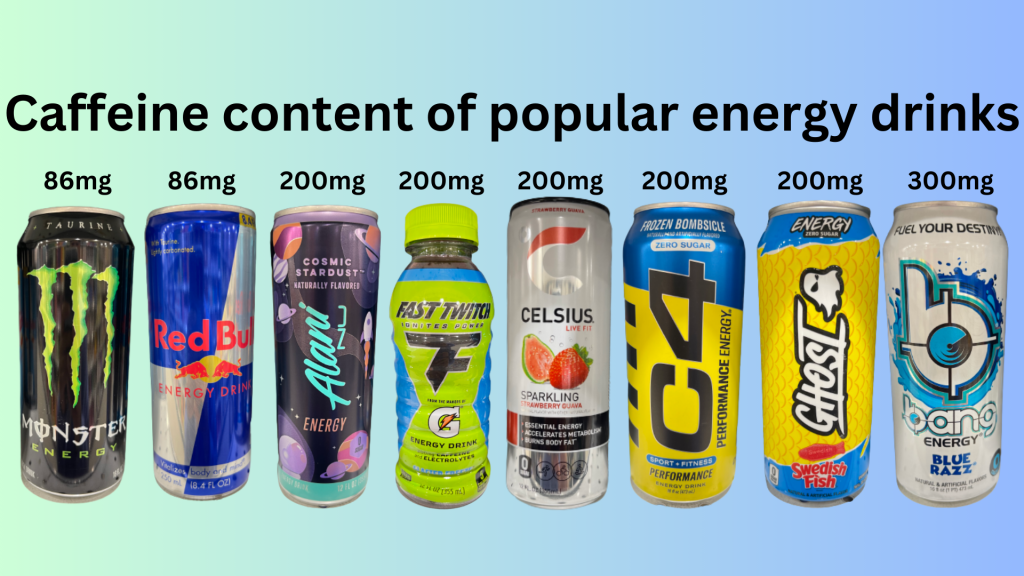Can Energy Drinks Cause You To Fail A Drug Test

The seemingly innocuous energy drink, a staple for students pulling all-nighters and professionals battling afternoon slumps, is facing new scrutiny. Could your daily dose of caffeine and purported performance enhancers inadvertently lead to a failed drug test? For athletes, military personnel, and individuals in certain professions, the consequences of a positive result can be devastating, raising serious concerns about the hidden ingredients and potential pitfalls lurking within these popular beverages.
This article delves into the complex relationship between energy drinks and drug testing, examining the ingredients that may trigger false positives, the limitations of current testing methodologies, and the steps individuals can take to protect themselves. We will explore the science behind the claims, consult with experts in toxicology and sports medicine, and provide a balanced perspective on this increasingly relevant issue.
The Culprits Within: Identifying Problematic Ingredients
Energy drinks are a cocktail of stimulants and supplements, and several components have been identified as potential sources of concern. While caffeine itself is generally not a cause for alarm in most standard drug tests, other ingredients are raising red flags. These include substances with structures similar to banned substances, or ingredients that could be misidentified during the testing process.
Cross-Reactivity and False Positives
One key concern is the potential for cross-reactivity, where a substance in the energy drink shares a similar chemical structure to a banned drug, leading to a false positive result. This is particularly relevant with certain amphetamine-like stimulants that may be present in trace amounts or as metabolites of other ingredients. The United States Anti-Doping Agency (USADA) warns athletes to be extremely cautious about consuming supplements due to the risk of contamination and mislabeling.
Ingredients like DMHA (dimethylhexylamine), a stimulant marketed as a workout enhancer, have raised concerns due to their structural similarity to banned amphetamines. Even if the ingredient is not explicitly listed as banned, its presence can lead to a positive test requiring further investigation.
Hidden Ingredients and Mislabeling
The supplement industry, including energy drink manufacturers, is not always subject to the same rigorous regulations as the pharmaceutical industry. This can lead to inconsistencies in labeling and the presence of undeclared ingredients. Studies have shown that some energy drinks contain substances not listed on the label, potentially exposing consumers to unknown risks and jeopardizing their drug test results.
"The lack of transparency in the supplement industry is a significant problem," says Dr. Emily Carter, a toxicologist specializing in sports performance. "Consumers need to be aware that what's on the label may not be exactly what's in the product."
Understanding Drug Testing Limitations
Drug tests are not infallible. While they are generally reliable, there is always a margin for error. The sensitivity and specificity of the test, as well as the potential for human error in sample handling and analysis, can contribute to inaccurate results.
The Importance of Confirmation Testing
Most drug testing protocols involve a two-step process: an initial screening test followed by a confirmatory test. The initial screening is often a less sensitive immunoassay designed to quickly identify potential positives. A positive result on the screening test triggers a more specific and sensitive confirmatory test, usually Gas Chromatography-Mass Spectrometry (GC-MS) or Liquid Chromatography-Mass Spectrometry (LC-MS), to accurately identify and quantify the substance in question.
A false positive on the initial screening test is not a definitive result. The confirmatory test is crucial for determining the true presence of a banned substance and ruling out cross-reactivity or other interference.
Threshold Levels and Intent
Drug testing protocols often establish threshold levels for banned substances. A positive result is only confirmed if the concentration of the substance in the sample exceeds this threshold. This is important because trace amounts of some substances may be present due to unintentional exposure or contamination, and a positive result should only be triggered when the amount is significant.
Furthermore, anti-doping agencies often consider the athlete's intent when evaluating a positive test. If an athlete can demonstrate that the presence of a banned substance was unintentional and due to a contaminated product, they may face a reduced penalty.
Protecting Yourself: Precautions and Best Practices
Individuals concerned about the potential for energy drinks to affect their drug test results can take several precautions. These include careful ingredient scrutiny, third-party certification, and documentation.
Read Labels Carefully and Research Ingredients
Thoroughly examine the ingredient list of any energy drink before consumption. Research any unfamiliar ingredients and be wary of products containing proprietary blends, as the exact composition may not be fully disclosed. Look for ingredients with known stimulant properties or those that are structurally similar to banned substances.
Consider consulting with a physician or pharmacist to discuss the potential risks of specific ingredients, especially if you are subject to regular drug testing.
Seek Third-Party Certification
Look for energy drinks that have been certified by reputable third-party organizations like NSF International or Informed-Sport. These certifications indicate that the product has been independently tested for banned substances and contaminants. While not a guarantee, third-party certification significantly reduces the risk of consuming a contaminated product.
Keep a Detailed Record
Maintain a detailed record of all energy drinks and supplements consumed, including the brand, specific product name, lot number, and date of consumption. This documentation can be invaluable in the event of a positive drug test, as it can help demonstrate that the presence of a banned substance was unintentional and due to a contaminated product. Be prepared to provide this information to the testing authority.
The Road Ahead: Regulation and Awareness
The issue of energy drinks and drug testing highlights the need for greater regulation and transparency in the supplement industry. Increased oversight, stricter labeling requirements, and independent testing programs are essential to protect consumers and ensure fair competition.
Raising awareness among athletes, military personnel, and other professionals about the potential risks of energy drink consumption is also crucial. Education about ingredient risks, third-party certification, and the importance of documentation can empower individuals to make informed choices and minimize the chances of a false positive drug test.
The future likely holds more sophisticated drug testing methods, allowing for more precise identification of substances and metabolites. Until then, vigilance, informed decision-making, and a healthy dose of skepticism remain the best defenses against the hidden dangers lurking within your favorite energy drink.
